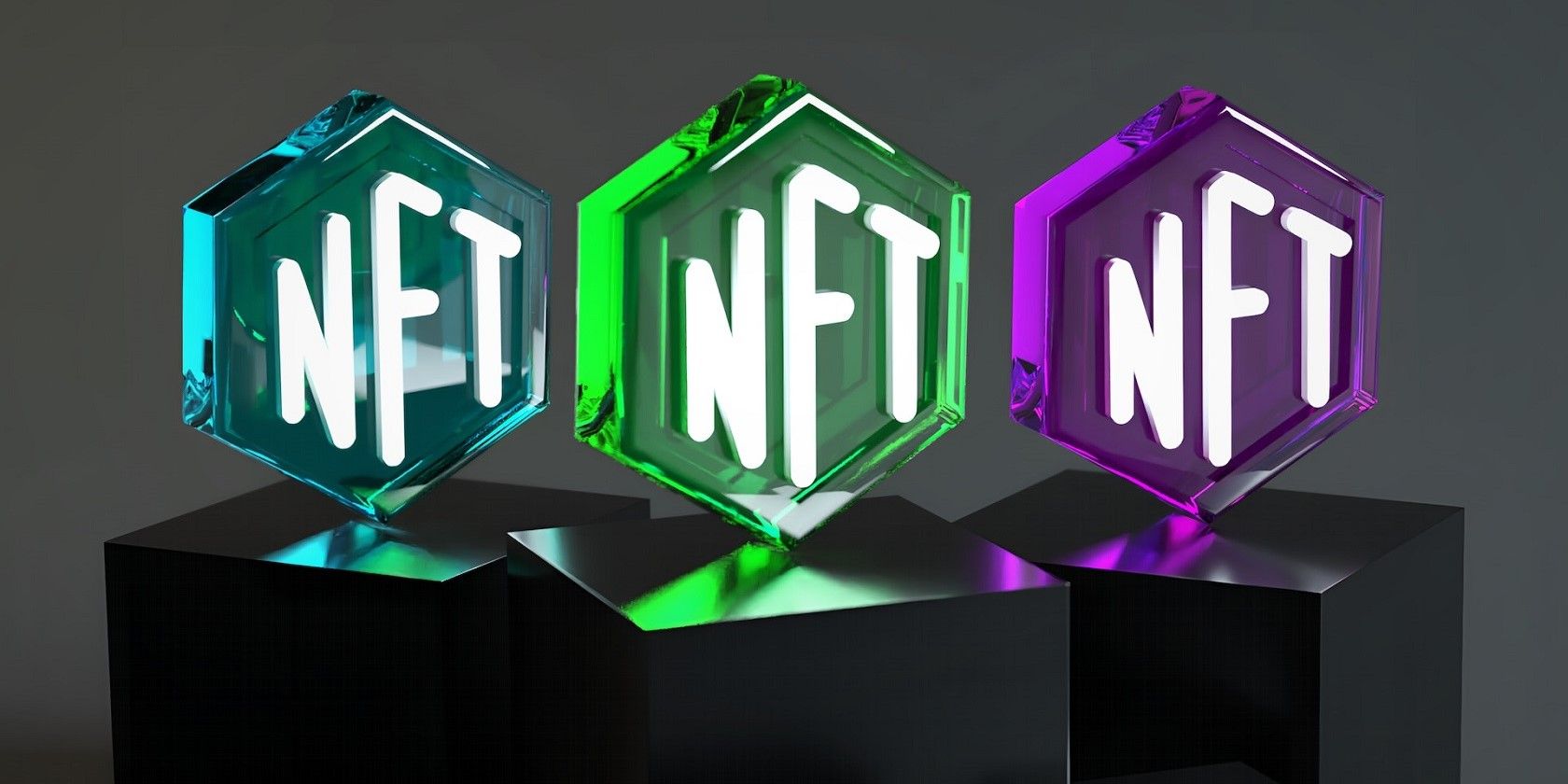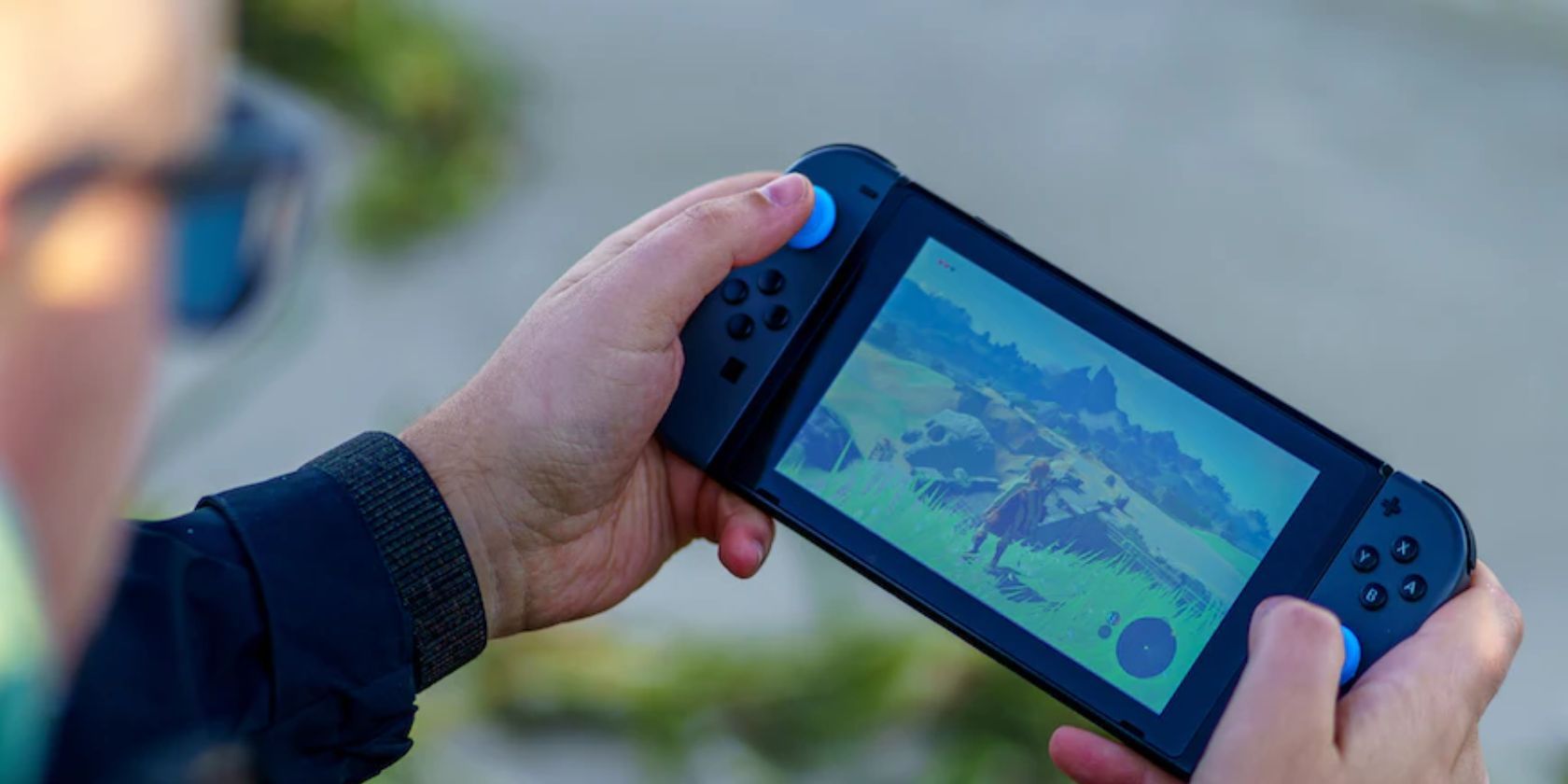What Are Phygital NFTs, and How Do They Work?
Phygital non-fungible tokens (NFTs) are a conjunction of physical elements and digital NFTs. These NFTs, a new frontier, have infiltrated almost every sector with diverse applications in the metaverse as well as the physical realm.
So what exactly are phygital NFTs, and how do they work?
What Are Phygital NFTs?
Phygital NFTs are non-fungible tokens connected to a physical item. They represent traditional physical goods like collectibles or art pieces, allowing blockchain developers to expand the applications of NFTs to real-world experiences, objects, products, and services.
“Phygital” refers to the co-occurrence of physical and digital experiences. The term was coined by Chris Weil of Momentum, an Australian company, as far back as 2007. However, it was much later that phygital NFTs became a reality.
In 2020, the National Basketball Association (NBA) launched NBA Top Shot, a digital sports card containing player highlights. These highlights came with physical trading cards autographed by NBA players, presenting a market for physical and digital sports trading cards.
How Do Phygital NFTs Work?
Phygital NFTs comprise two parts. The first refers to the digital asset, the NFT, and the other is the actual physical item. These tokens exist in the physical world and the metaverse or digital space.
First, NFTs are non-interchangeable digital tokens with identifying information on a blockchain. So phygital NFTs have a virtual form minted via smart contracts on a blockchain.
However, these NFTs have a corresponding physical object, product, or service in the traditional physical space. The virtual form represents all the data about the physical asset (like ownership, value, purchase date, etc.) on the blockchain.
To link the virtual form and physical asset, phygital NFTs use unique identifiers, usually QR codes. Whenever there’s a change in the virtual token, it’s reflected on the physical asset. Just as well, a change in the physical asset will be updated in the virtual token’s metadata.
With phygital tokens, you can track your assets securely and easily. These NFTs are revolutionizing how people own and manage real-world assets.
6 Ways to Use Phygital NFTs
Phygital NFTs are frequently used to signify an immutable record of ownership for limited-edition items or objects of very high value. They can also be used as incentives, an additional authentication method, to create brand awareness, and even to gain entrance into an NFT community.
1. Art
One of the most popular ways phygital NFTs are redeemed is by “burning.” Damien Hirst’s “The Currency,” a collection of spot paintings, used this method to promote his art. He created 10,000 paintings, with each having its own corresponding NFT.
When it was put up for sale, buyers had the option of keeping either the physical or the digital form. If the buyer chose the physical version, the NFT was burned, and vice versa.
Burning is a way to collect the physical or virtual form of the item attached to a phygital NFT. Artists can conveniently market their artworks by converting them into phygital tokens and selling the physical art or the underlying NFT. Whichever one is purchased, the other one is destroyed forever.
2. Real Estate
Real estate is another area where phygital NFTs are coming to the fore. By linking NFTs with physical properties, you can have tamperproof, legitimate proof of ownership.
When you buy a real estate property, you may be issued a phygital NFT, validating your ownership. This improves the selling and buying process, fostering reliability, speed, convenient payments, and accurate records.
3. Fashion
What about an auction of a phygital ring?
At Sotheby’s NY, a phygital ring was auctioned, titled “Art as Jewelry as Art.” Francine Ballard designed this piece of jewelry, and the buyer owns it in the real world and the metaverse.
Several top fashion brands, like Nike, RTFKT, and Givenchy, have also paired fashion pieces with NFTs. Asides from confirming ownership, these NFTs sometimes offer VIP access to shows and communities.
4. Food and Beverages
Online whisky retailer, The Whisky Barrel, launched a single malt whisky together with an NFT. Each bottle contains a QR code tied to the NFT, which provides proof of ownership for each bottle.
5. Gaming
There are several ways phygital NFTs can be used in gaming.
Firstly, in-game items, like rare swords and other collectibles, can be phygital—having a corresponding NFT and being physically displayed. As they’re both physical and digital, these in-game items can be traded online and in person. This adds more value to these items and the game itself.
Additionally, game operators can use phygital NFTs as collateral, for rewarding milestone achievements, or as a medium for monetization against certain bets.
6. Healthcare
In the healthcare industry, phygital NFTs are commonly used to prove who owns medical records. This helps safeguard a patient’s privacy.
These NFTs can also verify the authenticity of drugs, inhalers, injections, drops, ventilators, and other medical resources.
Limitations of Phygital NFTs
Even with their many applications, phygital NFTs face several limitations.
Dependence on Physical Assets
This is the biggest risk involving phygital NFTs. They are completely dependent on the physical asset that they represent.
So if this asset is stolen or destroyed, the NFT loses its value or becomes completely useless. Even if the asset owner takes several measures, like insurance and secure storage, to protect the physical asset, the NFT stops being relevant once it’s gone.
Technical Issues
Some technical issues must be addressed for phygital NFTs to become widespread or commonplace.
NFT owners could lose access to both physical assets and NFTs if the digital component is hacked or compromised. This is because the digital component is usually used to verify ownership of the physical item.
Also, the infrastructures for storing these NFTs aren’t readily available and are capital-intensive to create. Even when available, security is an issue.
Legal Challenges
While phygital NFTs continue to evolve in their applications, the legal framework and regulations remain unclear.
For example, some laws don’t recognize phygital NFTs as property or only recognize the physical item, not its digital representation. This could lead to difficulty settling ownership disputes if they arise.
The Future of Phygital NFTs
Phygital NFTs are still new and evolving and carry certain risks, but their prospects cannot be denied. The many applications in art, gaming, and even healthcare show that phygital NFTs are here to stay, despite their limitations.


